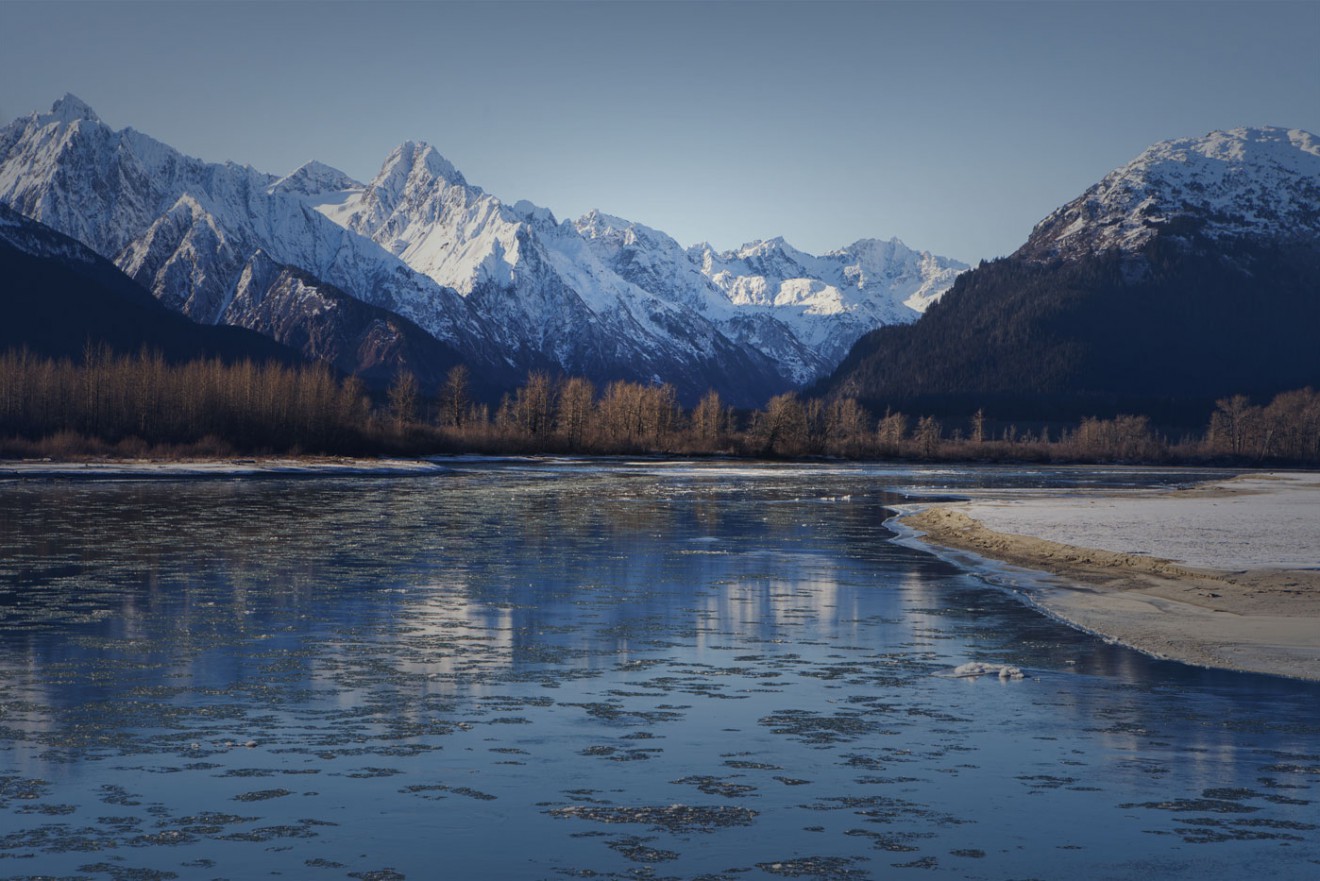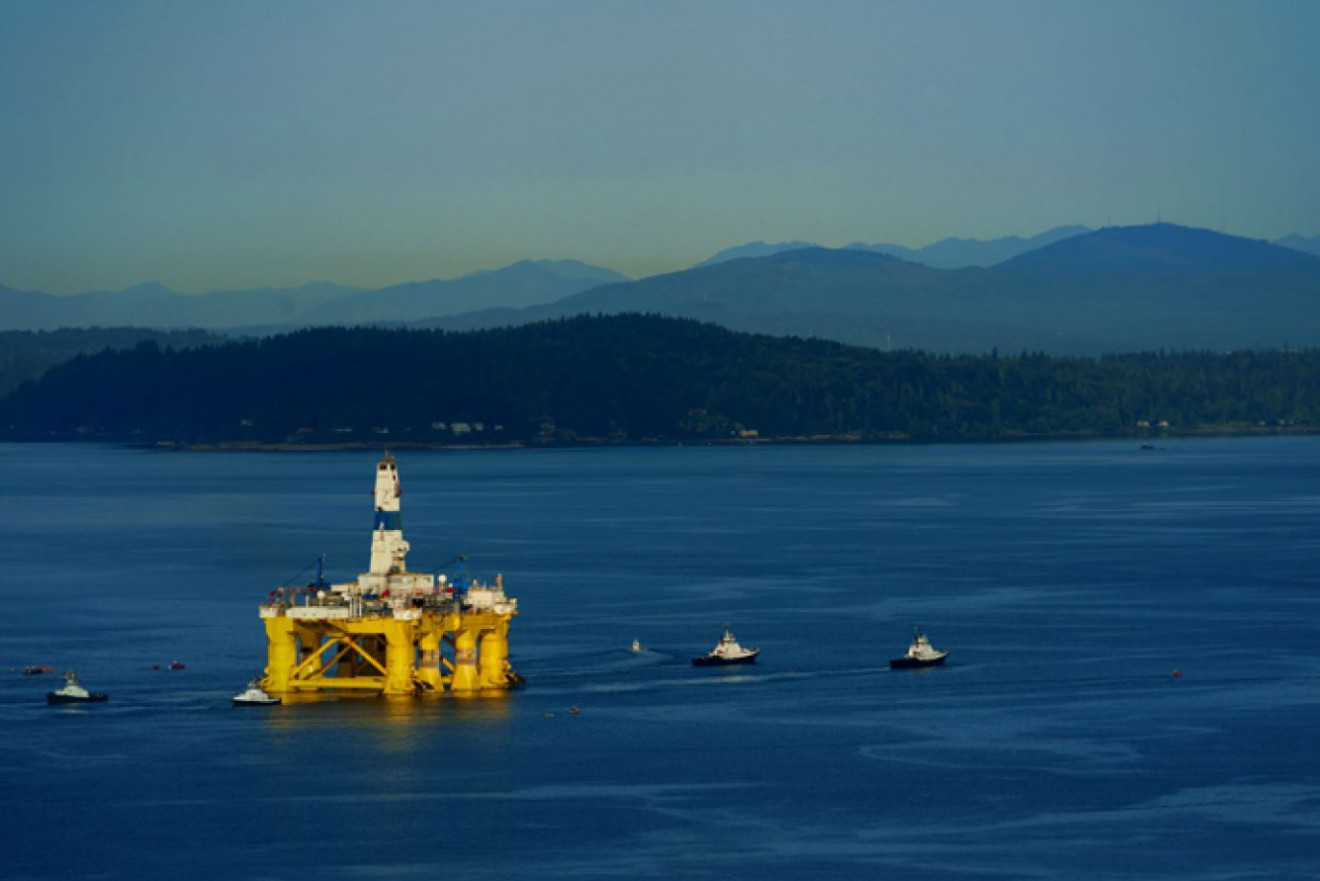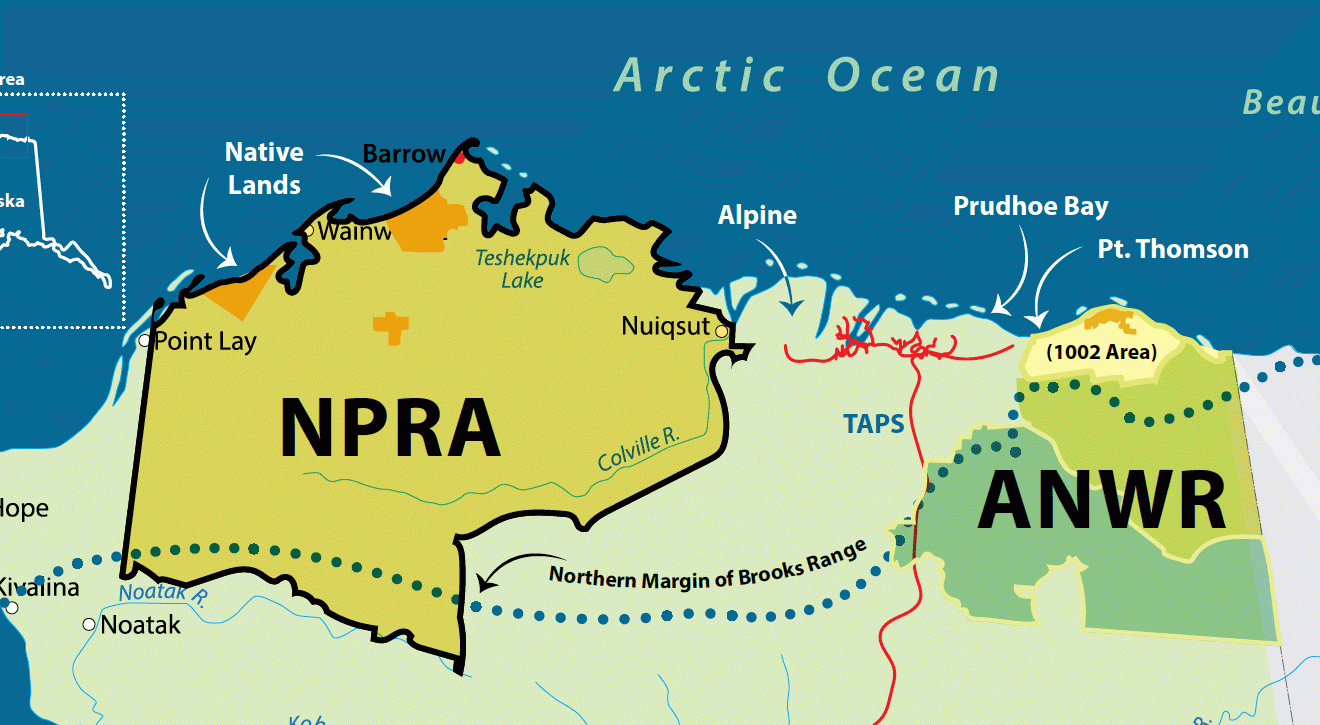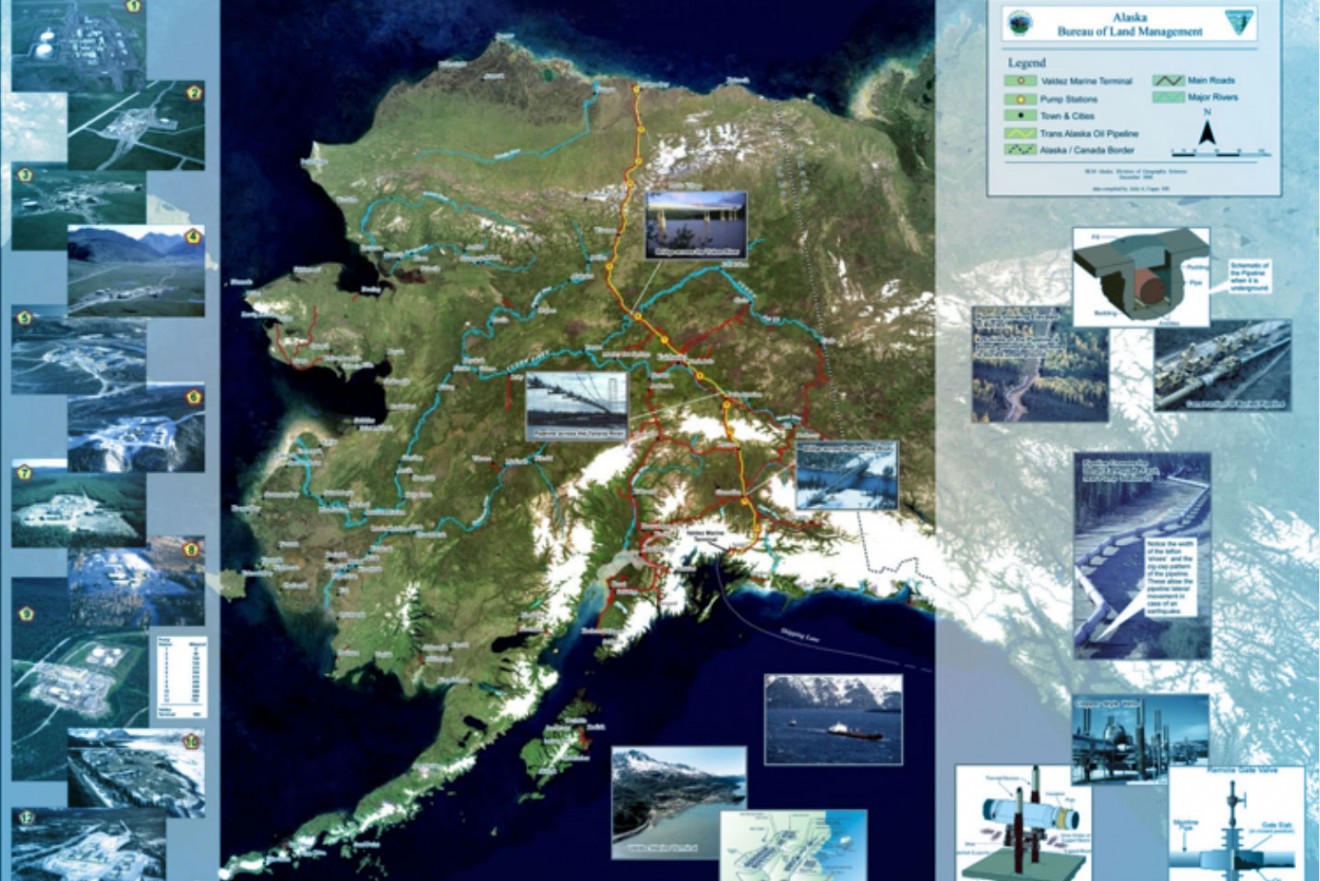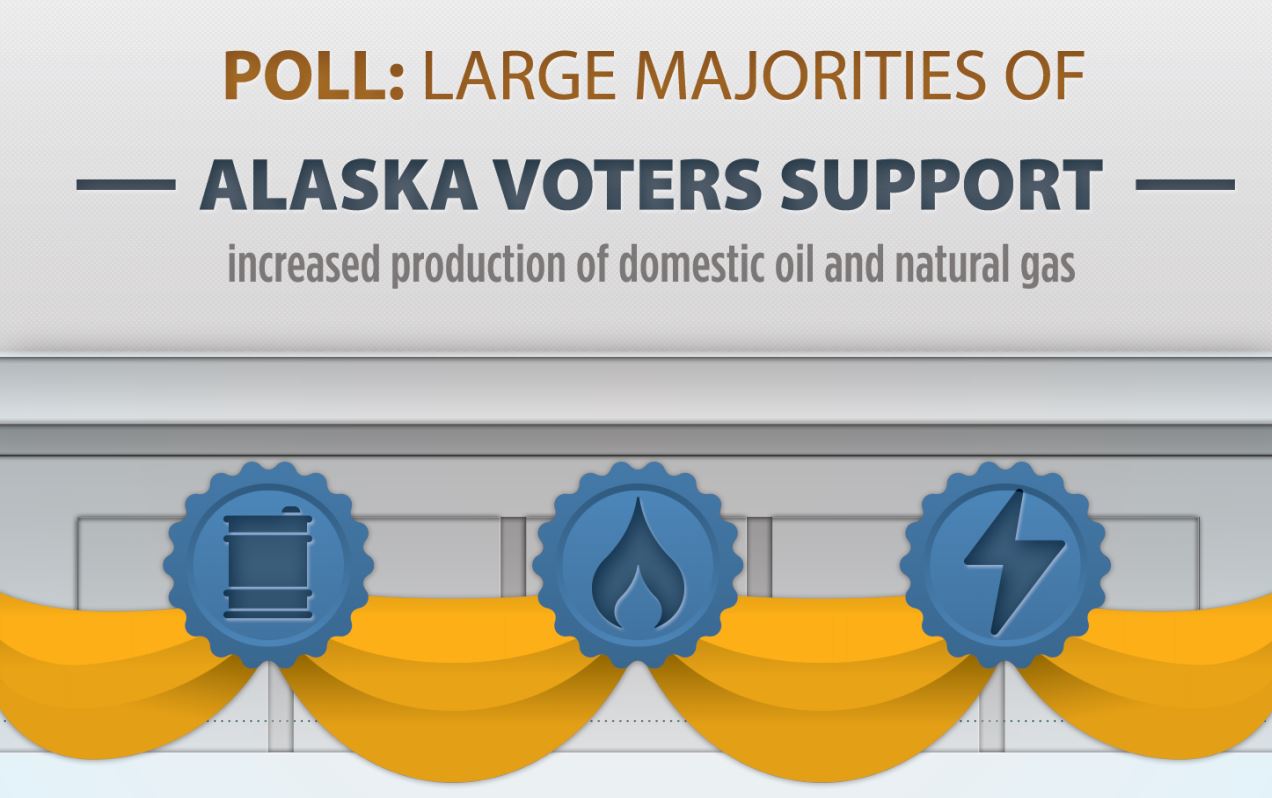
Check for the Purchase of Alaska (1868)http://www.ourdocuments.gov/doc.php?flash=true&doc=41
The United States bought Alaska from Russia in 1867
for $7.2 million (about $120 million today). While it was
known that oil seepages were common in the territory,
Russia had made no attempt to develop the oil there. The
same was true for many years after America’s purchase.
It wasn’t until the 1890s that the first oil claims were
filed and first wells drilled, but efforts were sporadic,
and Alaska’s distance from markets discouraged many
potential investors. The first major commercial discovery
did not occur until 1957 at the Swanson River Field on the
Kenai Peninsula south of Anchorage. It wasn’t until the
1970s that production really took off.
With petroleum production from the Lower 48 states
entering a decline, a new oil discovery at Prudhoe Bay on
the North Slope of Alaska offered the U.S. the opportunity
for a significant new source of competitive domestic
supply on a world-class scale. Initially, the oil find was
estimated at 9.6 billion barrels, nearly double the size of
the largest field ever previously found in North America.
Despite high costs, hostile climate, logistical challenges,
unsettled land claims and major environmental
challenges, supply from Prudhoe Bay came online in 1977,
offsetting most of the decline in Lower 48 supply through
the mid-1980s.
2013
The United States has large offshore oil potential, similar
to Russia and larger than Canada and Norway. Facilitating
exploration in the U.S. Arctic would enhance national,
economic and energy security, benefit the people of the
north and the United States as a whole, and position the
United States to exercise global leadership. — National Petroleum Council
Access to oil and natural gas resources in the Alaska outer
continental shelf (OCS) under balanced and science-based
regulations is essential to the nation’s economy and energy
security. The Arctic contains the world’s largest remaining
conventional, undiscovered oil and natural gas, estimated
at 13 percent of recoverable oil and 30 percent of recoverable
natural gas resources.
Alaska’s OCS is estimated to contain 48 billion barrels of oil
equivalent, with more than 90 percent of this in less than 330
feet of water – where industry already has exploration and
production technology and operating experience. Given the
resource potential and long timelines required to bring Arctic
resources to market, Arctic exploration today may provide a
material impact to U.S. oil production in the future, potentially
averting decline, improving U.S. energy security and
benefiting the regional and overall U.S. economy.
The search for energy resources in the Arctic is not new.
Industry has extensive experience operating safely and
responsibly in cold water and Arctic environments around
the world, from Alaska to Norway to Sakhalin. Thirty-five wells
have been drilled in the Beaufort and Chukchi seas with no
measurable impact on the environment. Decades of industry
operations in Alaska demonstrate that safety, environmental
protection and respect for native communities and cultures
are core values for the oil and natural gas industry.
Based on current estimates, the Chukchi and Beaufort seas
offer more energy resources than any other undeveloped
U.S. basin. Fortunately, the federal Bureau of Ocean Energy
Management’s draft leasing plan for 2017-2022 includes both
these regions as targets for exploration and development.
While the Arctic environment poses different challenges
than a number of areas where industry operates, these
are generally well understood. Industry has been working
there for a long time, and going forward it is critical that the
public policy debate is fact-based – safe Arctic development
has been ongoing and will continue. We need to ensure
performance-based regulations are implemented that will
allow operators to minimize risks by taking advantage of
evolving technologies to design well programs tailored to
the ecosystem and geologic conditions of the particular well.
Source: http://www.api.org/news-and-media/news/newsitems/2014/may-2014/poll-large-majorities-of-alaska-voters-support-increased-production-of-domestic-oil-and-natural-gas
The state-wide telephone poll, conducted for API by
Harris Poll among 601 registered voters in Alaska
also found that:
94 PERCENT of registered Alaska voters agree that
increased production of domestic oil and natural gas
resources could lead to more jobs in the U.S.
92 PERCENT say that increased production of domestic oil
and natural gas resources could help stimulate the economy.
91 PERCENT say that it is important to them to produce
more oil and natural gas here at home.
87 PERCENT say that increased production of domestic oil
and natural gas resources could help strengthen America’s
energy security.
83 PERCENT say that they support increased production
of oil and natural gas resources located here in the U.S.
75 PERCENT say that producing more domestic oil and
natural gas could help lower energy costs for consumers.
API is the only national trade association representing all
facets of the oil and natural gas industry, which supports
9.8 million U.S. jobs and 8 percent of the U.S. economy.
Today’s poll shows strong majorities of Alaska voters
support more domestic oil and natural gas development,
regardless of party affiliation.
Perhaps more than any other state, Alaska
understands the connection between access to energy
resources and good public policy.
Alaskans recognize the possibilities for America’s economic
future. While the availability of affordable and reliable
domestic energy creates opportunity, success depends on
the policies created today.
— President and CEO of API Jack Gerard


